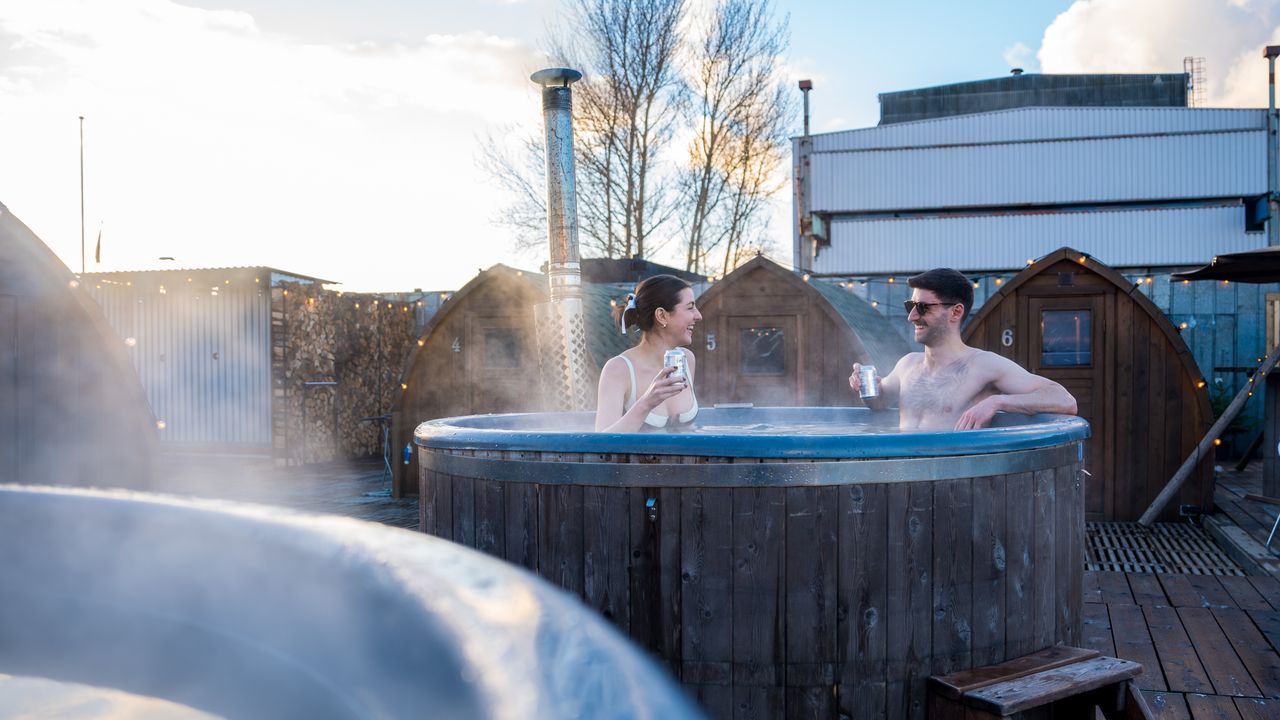“The hot-cold combination, known as contrast therapy, has been used by sports physios for years,” Dr Kruti Khemani, a Mumbai-based sports physiotherapist, tells me over Zoom. It triggers vasoconstriction, where heat dilates blood vessels and cold constricts them, improving circulation and flushing out toxins—essentially purifying the blood.
Elite athletes often plunge into cold water before a game to stimulate brain activity, improving focus and decision-making. It’s no surprise that Hollywood A-lister Bradley Cooper, tennis legend Novak Djokovic and football royalty Cristiano Ronaldo share a love for the ice bath ritual. After intense training or a match, cold therapy aids in recovery, reducing muscle soreness, and preventing delayed muscle pain. “It clears mental fog and fatigue from work, lifting your mood. From a hormonal perspective, it boosts dopamine, the “feel-good” hormone,” notes Dr Khemani. The benefits are numerous, with few negative effects, but it’s best to get a doctor’s clearance, she cautions.
Mellanie Gandø and Visit Copenhagen
Extreme cold can do more than just shock your system—it can cause nerve damage, particularly for those with diabetes. Dr Khemani advises avoiding contrast therapy if you have open wounds, as the sudden temperature shifts could lead to infections. And if the water is too hot or cold, you might not just feel uncomfortable; you could actually damage your skin, turning it red or triggering rashes, especially for those with sensitive skin or conditions like psoriasis.
Pregnant women can use contrast therapy with doctor approval, but should avoid it in the last trimester.
Rasmus adds that rising too quickly from the sauna or hot tub can cause fainting, and in rare cases, lead to cardiac arrest.
From hotels to homes—how to make the most of the hot-and-cold switch
Mellanie Gandø and Visit Copenhagen
While most hotels in Denmark offer saunas and cold tubs to meet guests’ wellness needs, it’s possible to recreate a part of the experience at home. “Hot therapy is easy to replicate with a warm shower or a foot soak, which helps reduce soreness and fatigue from walking. A full tub works even better,” advises Dr Khemani. Ice therapy, however, is trickier—unless you have a stockpile of ice. You’ll need to buy a 10-kilo bag of ice to fill the tub with ice-cold water. For maximum benefits, aim to submerge yourself up to the neck.
As for me, I might just head up to Skagen in the country’s north to partake in the annual bathing festival in January. After all, the cold has never felt better.


